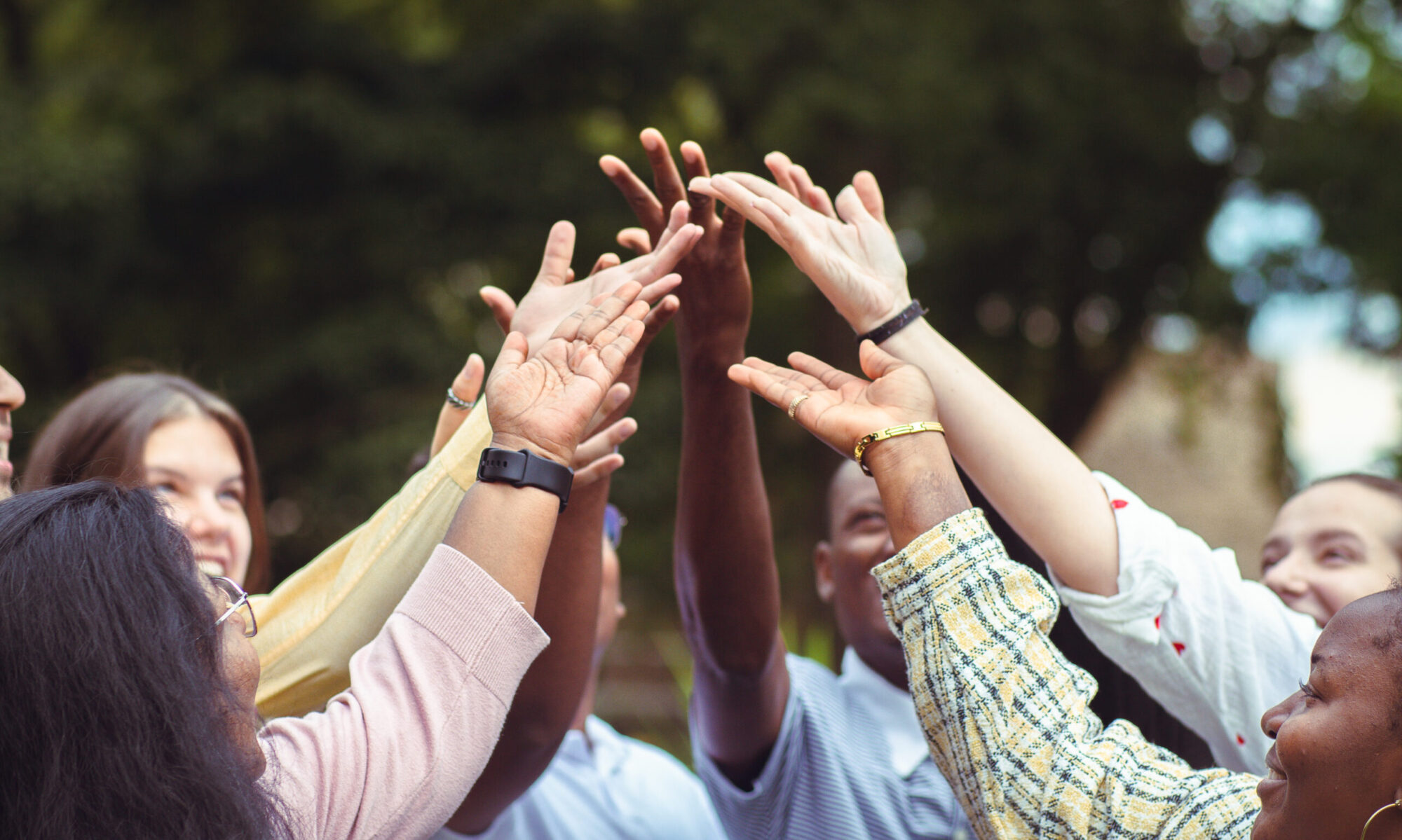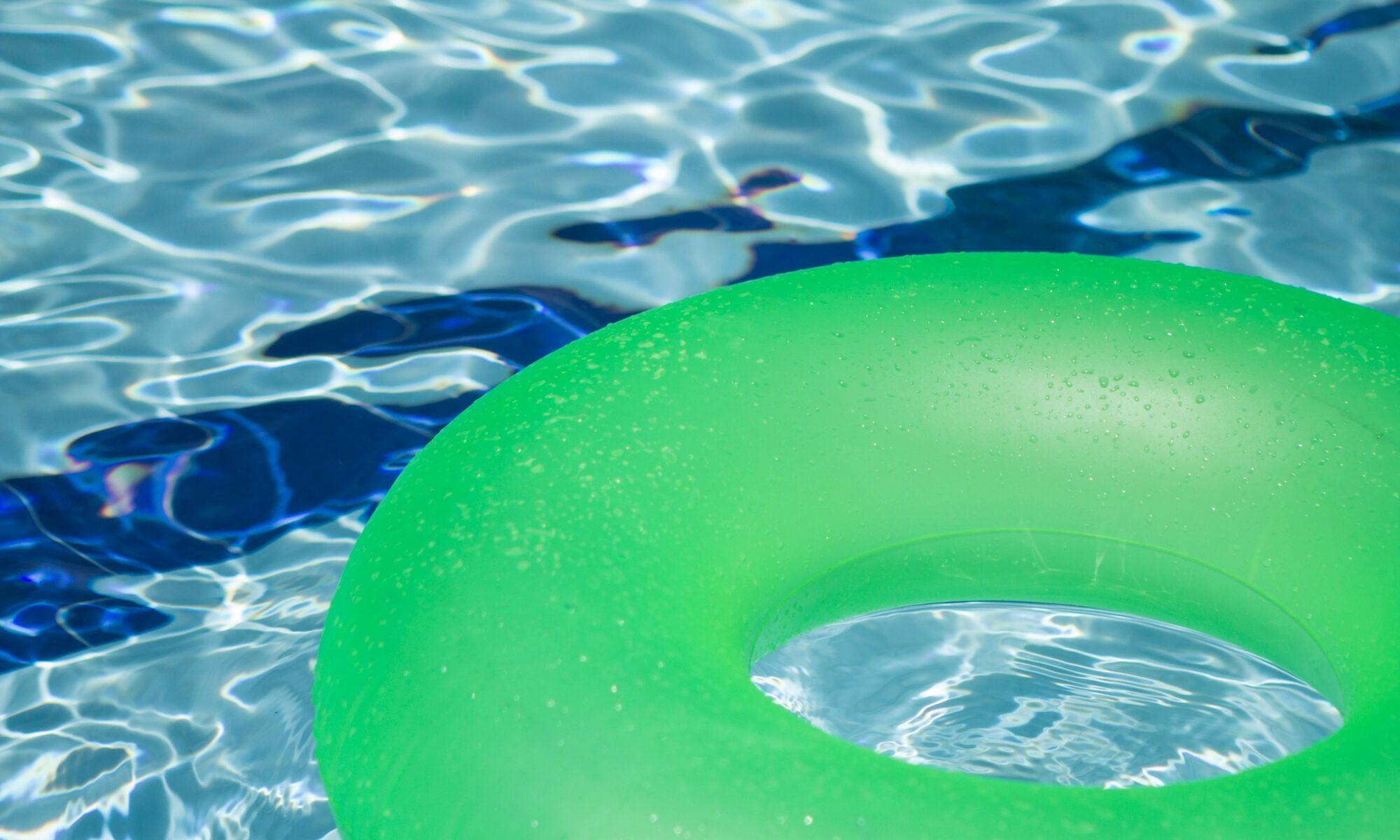Kaan-Marienborn Heated Outdoor Pool
This popular spot features:
-
Three 50-meter lanes and five 25-meter lanes
-
A separate area for non-swimmers
-
Football mini-goals, a boccia court, and a table tennis area
-
Fully accessible facilities (wheelchair-friendly changing rooms, entry slide for easy pool access, and disabled parking)
Opening hours:
-
Mon, Tue, Thu: 9:00–20:00
-
Wed, Fri: 7:00–20:00
-
Sat, Sun, Holidays: 9:00–19:00
Note: Last entry is 30 minutes before closing. Swim time ends 15 minutes before closing.
How to get there:
Take bus R12 or R13 from Siegen ZOB to “Kaan-Marienborn Ortsmitte.” It’s about a 7-minute walk from there.
📍 Address for GPS: Breitenbacher Straße 59, 57074 Siegen
Geisweid Heated Outdoor Pool
Here’s what’s waiting for you in Geisweid:
-
Four 50-meter lanes plus shorter swim lanes
-
A beach volleyball court
-
Life-sized chess and Nine Men’s Morris boards
-
Football goals and large sunbathing areas
-
Bonus: The 10-meter diving platform is open daily from 4 PM
Opening hours:
-
Mon, Wed, Fri: 9:00–20:00
-
Tue, Thu: 7:00–20:00
-
Sat, Sun, Holidays: 9:00–19:00
How to get there:
Bus R12 or R13 from Siegen ZOB → “Geisweid ZOB” → 7-minute walk
📍 Address: Auf der Schläfe 4, 57078 Siegen
Eiserfeld Natural Pool (Eiserfelder Weiher)
-
No chlorine
-
Large swim area
-
beach volleyball court
-
Wide open space to sunbathe and relax
Opening hours:
-
Daily: 14:00–19:00 (may vary during heatwaves)
How to get there:
From Siegen ZOB, take bus R22 to “Gilbergstraße”, then transfer to A614 → “Am Freibad” stop
📍 Address: Am Freibad 3, 57080 Siegen
Seelbacher Weiher (Natural Pool)
-
A big swimming area
-
A floating platform and water slide
-
Beach volleyball and football areas
-
Large sunbathing lawn
Opening hours:
-
Mon–Fri: 13:00–19:00
-
Sat, Sun & Holidays: 10:00–19:00
-
During school holidays: Open daily 10:00–19:00
How to get there:
Bus R38 or R39 from Siegen ZOB → “P+R Seelbacher Weiher” → 6-minute walk
📍 Address: Bubergstraße 78, 57072 Siegen
Final Tip
Bring sunscreen, cash (some pools don’t take cards), and check the official websites before visiting , hours may shift depending on the weather.
Your SLR hoste Emma☺️

